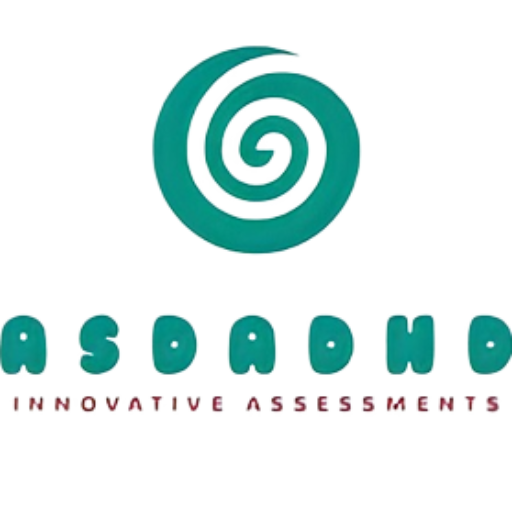29 Sep, 2023 | anishdr | No Comments
Shattering Stereotypes: Understanding Autism in Women and Girls
Autism Spectrum Disorder (ASD) has long been associated with outdated stereotypes, especially when it comes to gender. Historically, autism was perceived as a condition predominantly affecting men and boys. However, recent revelations and research have highlighted the experiences of autistic women and girls, challenging these misconceptions.
- The Changing Landscape of Autism Diagnosis*
While it was once believed that autistic individuals were primarily men and boys, this notion is outdated. Today, we recognize that many women, girls, and non-binary individuals are on the autism spectrum. However, societal understanding has been hindered by stereotypes and incorrect assumptions, leading to barriers in diagnosis and support. - The Unique Presentation of Autism in Women and Girls*
Autistic women and girls might present characteristics differently than their male counterparts. For instance:
- They may appear to have fewer social challenges, possibly because they ‘mask’ their autistic traits, which can lead to anxiety and overwhelm.
- Autistic girls might be part of friendship groups in school, making their differences less noticeable to educators.
- While core autistic characteristics include repetitive behaviors and intense interests, in women and girls, these might manifest as twirling hair or reading books, which can go unnoticed due to their similarity to non-autistic behaviors.
- The Challenge of Diagnosis*
Many autistic women and girls face hurdles in obtaining a diagnosis. This is often due to:
- Stereotyped ideas about autism.
- A lack of knowledge among healthcare professionals about the different presentations in women and girls.
- Diagnostic tools designed with characteristics more common in autistic men and boys, making them less sensitive to traits found in women and girls.
- Voices from the Autistic Community*
The National Autistic Society’s campaign, ‘Now I Know’, highlighted the experiences of late-diagnosed autistic women and non-binary individuals. Personal accounts from autistic women reveal challenges like:
- Being described as ‘anxious’ rather than being recognized as autistic.
- The societal pressure to fit into female stereotypes, leading to extensive masking.
- The lack of understanding about how autism presents in girls, who are socialized differently.
- The Gender Gap in Autism Diagnosis*
Studies suggest a varying ratio of autistic males to females, with the most recent estimate being 3:1. The reasons for this disparity remain unclear, but theories include:
- A potential ‘female autism phenotype’ where autistic traits in women and girls don’t align with traditional autism profiles.
- The likelihood of women and girls to camouflage their differences.
- Under-reporting of autistic traits in girls by educators.
- The Journey Ahead*
While strides have been made in understanding autism in women and girls, there’s still a long way to go. Recognizing the unique challenges faced by this demographic and advocating for more inclusive diagnostic tools and support systems is crucial.
Note: This blog post is inspired by content from The National Autistic Society. It’s essential to stay updated with the latest research and insights to provide the best support to autistic individuals.

Write Reviews
Leave a Comment
No Comments & Reviews